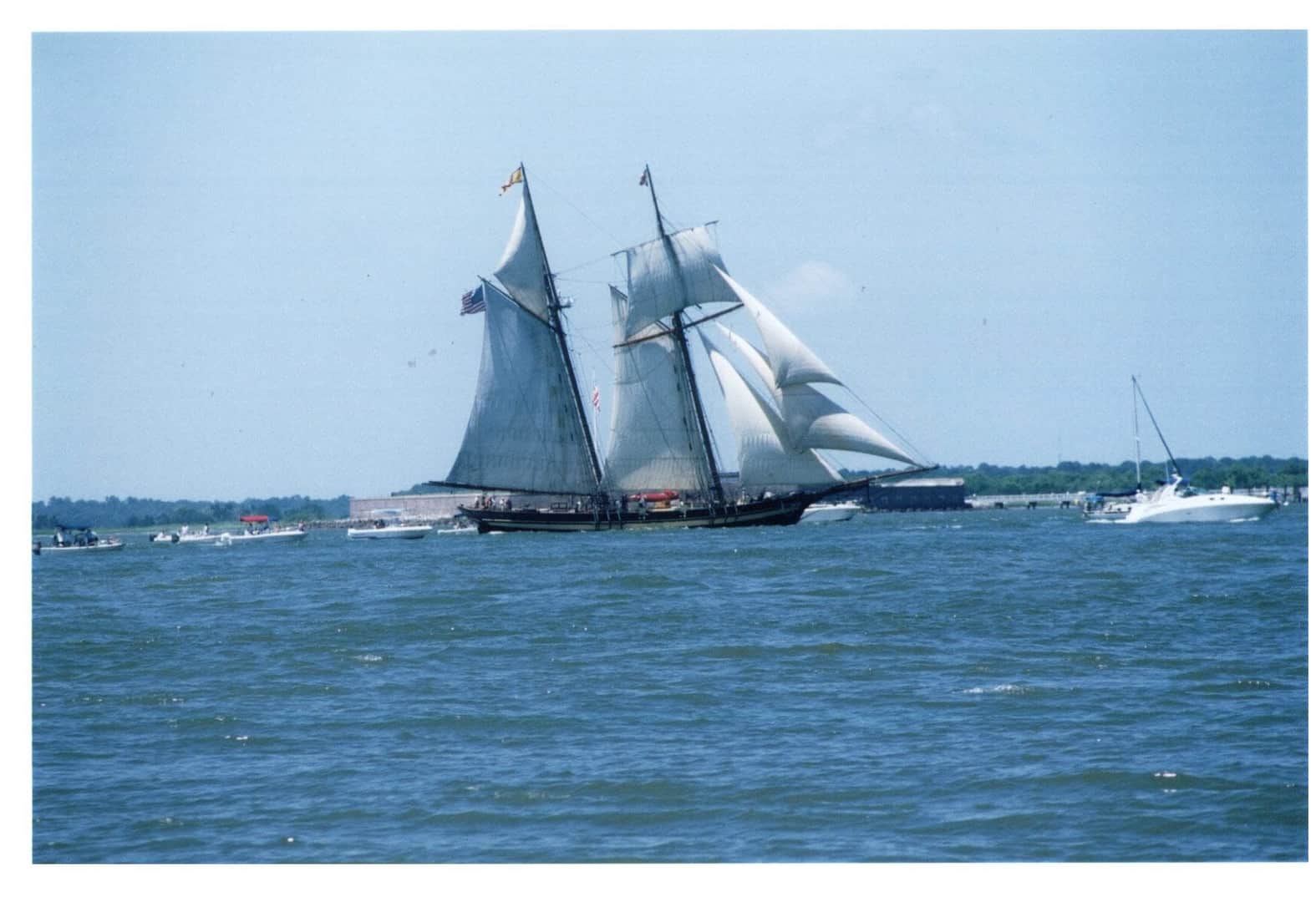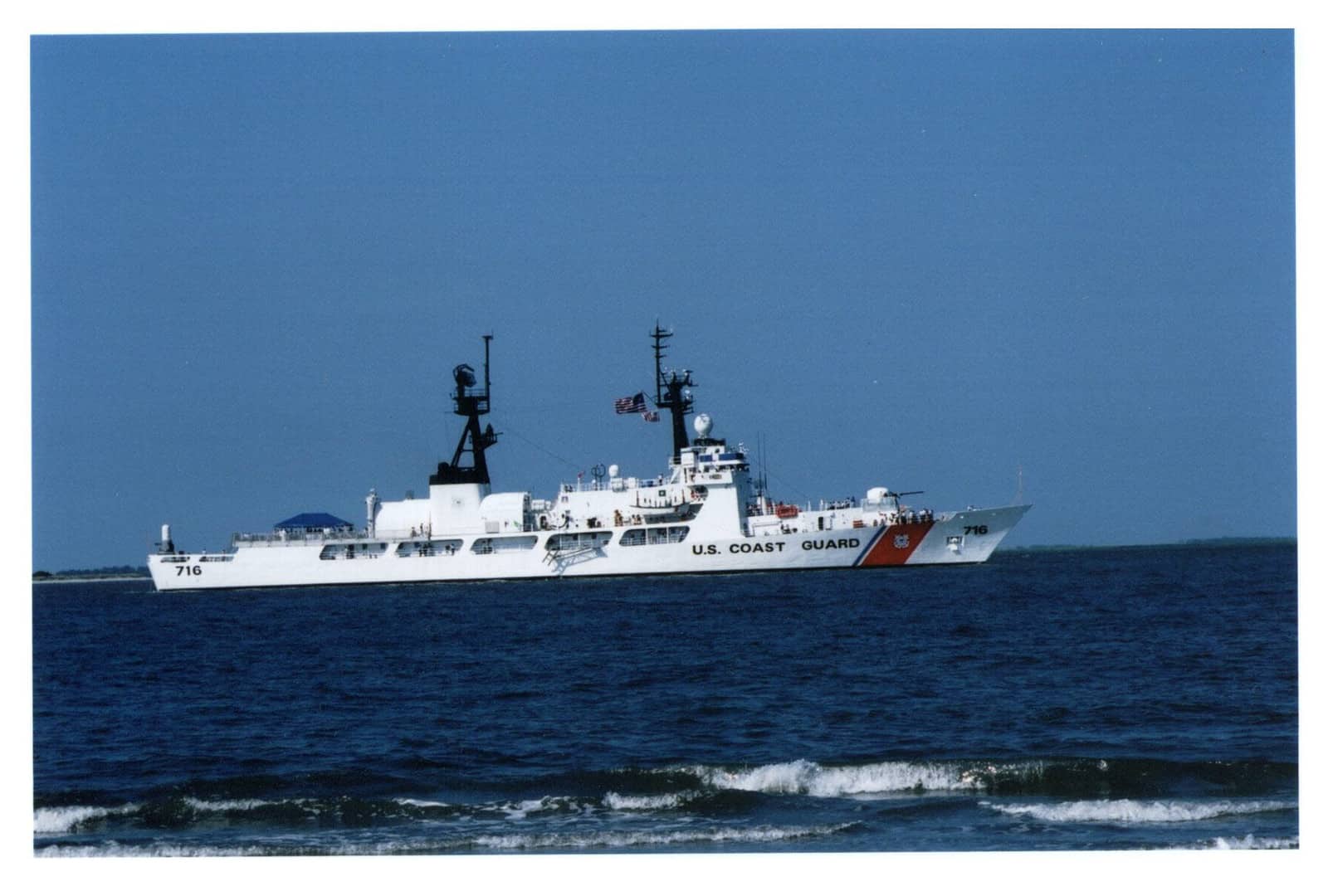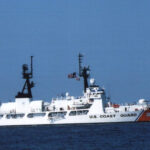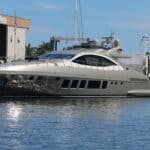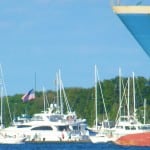Good morning to Captain and crew alike and welcome to the Admiralty Docket. This is John Hughes Cooper with a glimpse into your rights and responsibilities at sea and upon the navigable waters.
glimpse into your rights and responsibilities at sea and upon the navigable waters.
Today our subject is Peter Pan and Captain Hook in the special maritime and territorial jurisdiction of the United States.
The story of Peter Pan is a treasure for serious students of the admiralty. In every version of the story, Peter Pan takes young Wendy and flies off to imaginary Neverland to sword fight with the pirate Captain Hook. As the story goes, Peter Pan cuts Captain Hook’s hand off and feeds the severed hand to a crocodile.
Wendy and her siblings are very British, as likely is Captain Hook. Although Peter Pan’s nationality has never previously been disclosed, I now have it from the most reliable source that Peter was in fact a U. S. citizen. Not the Department of State, not the Central Intelligence Agency, no . . . my 3 year old son, Charles Robert, who has read the story in numerous books and seen at least four popular movie versions confirms Charleston County as the true birthplace of Peter Pan.
Title 18 of the United States Code defines conduct which constitutes federal crime and prohibits such conduct. Of the federal crimes detailed, a number are within the admiralty jurisdiction of the U. S. District Courts. The list includes much of the recorded conduct of Peter Pan and Captain Hook, including theft of vessels, mutiny, abandonment of sailors, arson, murder, piracy under the law of nations, assault on the commander of a vessel, conversion of a vessel, confederating with pirates, receipt of pirate property, and more.
One interesting aspect of these admiralty crimes is that the prohibited conduct must be committed within a geographical area known as “the special maritime and territorial jurisdiction of the United States.” If one commits the conduct outside this area, the conduct is not a federal admiralty crime.
This geographical area is defined in 18 United States Code § 7 and includes the high seas, and any other waters within the admiralty jurisdiction of the U. S. and outside the jurisdiction of any particular state. The territorial jurisdiction of the states generally extends seaward 3 nautical miles. The special maritime and territorial jurisdiction also includes certain U. S. vessels themselves when they are in these admiralty waters and outside state waters, and also includes lands reserved or acquired for use of the United States, including forts, arsenals, dockyards, and other federal buildings.
So far, no Peter Pan. Then § 7 includes certain islands, rocks, or keys containing guano. The story does not record whether Captain Hook left any guano around when Peter Pan cut his hand off. Then § 7 includes United States aircraft while in flight over the high seas outside state waters. Peter Pan does fly through the air, but does not seem to be an aircraft.
Then § 7 includes within the special maritime and territorial jurisdiction any U. S. vehicle used or designed for flight or navigation in space, while that vehicle is in flight. Even though one movie version of the story has Peter Pan steering Captain Hook’s sailing ship past the moon, Hook’s ship is not a U. S. vehicle.
Finally, § 7 includes any place outside the jurisdiction of any nation with respect to an offense by or against a national of the United States. Because we now know that Peter Pan is a U. S. citizen, we know for sure that Peter Pan’s and Captain Hook’s shenanigans are truly a series of federal crimes, because they are conducted in Neverland, outside the jurisdiction of any nation, and involve offenses by or against a national of the United States.
More next week on The Admiralty Docket. Until then, remember your rights and responsibilities may change as you approach the shore and may God Almighty grant you pleasant sailing.

